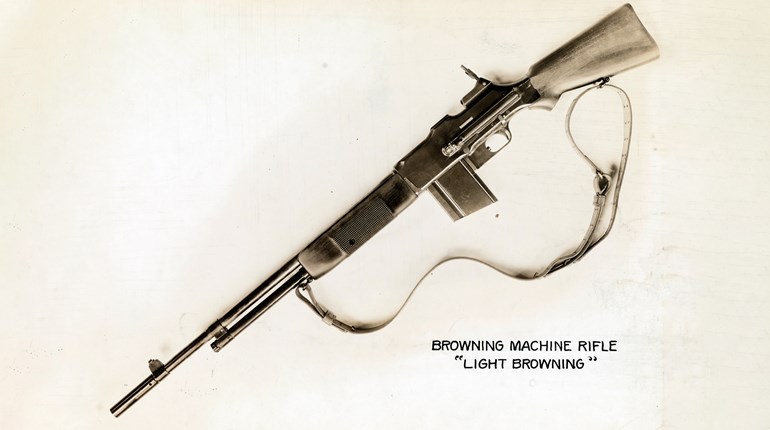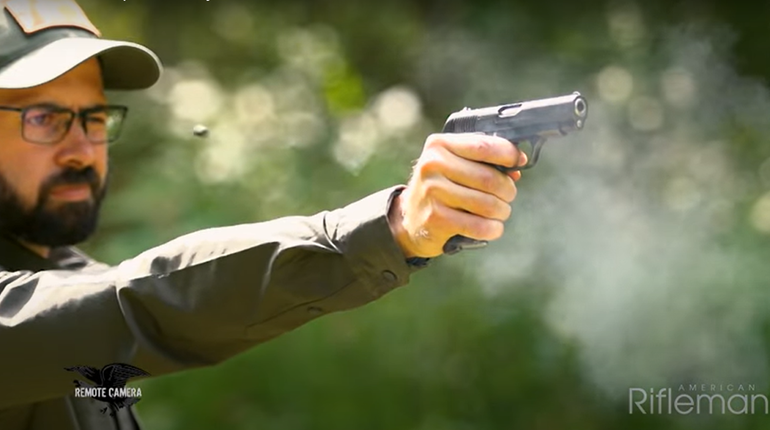
Yesterday, I had to swing by our local post office for stamps that never seem to be in my desk when I need them. The post office in our little Northern Nevada town is not an imposing edifice, but the postal employees who work there do a good job of running the place. As I entered, a young man in a green uniform held the door for me and offered a polite “Good afternoon, sir.” He wore the service uniform of the United States Marines, complete with ribbons, badges and the triple chevrons of a sergeant.
All Marines are taught a good deal about the history of their Corps, but I’ll bet that this Marine was not aware of the connection between the United States Postal Service and the Marine Corps.
It goes back to the 1920s. The Marine Corps was a small organization in the years before World War I and not really well-known. But, in the course of the republic’s brief service in that conflict, the Corps sent two brigades (four regiments) to France. One of them saw extensive service in the early battles in which Americans were involved—Belleau Wood and others. Their performance was spectacular and was well-reported by the war correspondents of the period.
A reputation was thus established, a reputation for fighting skillfully under the worst of circumstances. The Marine Corps became a sort of trouble-shooter organization at the national and even international level. They were often sent in to protect Americans and American interests in global hotspots and, in a sense that continues to the present. But, what does this have to do with the post office?
The 1920s saw a great deal of domestic commerce built around the U.S. Postal Service’s ability to deliver things. That includes not only envelopes, but also packages. In the hard-to-imagine times before the internet, Federal Express, Air Mail, interstate highways and even reliable telephone service, we sent our “stuff” by railroad. That includes cash, bonds and other valuables, but also the U.S. Mail. Most trains had a mail car, which was essentially a rolling post office. Most had something of immediately negotiable value.
This drew the attention of the so-called “motorized bandits” who were getting a great deal of law enforcement attention. The situation got out of hand very quickly, and there were a number of violent mail robberies. Normally, postal work was about as exciting as watching asparagus grow, but people were getting killed doing it. Arming postal workers had small effect, as they lacked training and the will to take on ruthless, well-armed thieves. By 1921, the robberies had reached the point where the Postmaster General threw up his hands, called the President and said “How ’bout I borrow a few Marines?”
The President agreed and gave the order that put Marines to work. Scattered all over the country, small detachments of Marines provided armed guards for post offices, their trucks and rail cars. The work required men who had the initiative to work on their own with consistency and good judgment. Over 2,000 U.S. Marines, along with about 50 of its officers, were assigned to this “temporary additional duty” as we would have termed it in modern jargon.
The 1920s Marine Corps was a very professional organization in that every man was a volunteer. For these few men, discipline was rigid, fitness universal, battle experience common and marksmanship a religion. Moreover, these things were hardly secrets, as the troops went to their new duties with a hell of an imposing reputation preceding them. The initial assignment of Marines to guard duty with the Postal Service was in 1921 and lasted just a few months. Marines were relieved to return to regular duty, but had to be recalled for another period in 1926-27.
Mail thieves used violent intimidation to get what they wanted and wounded and killed several post-office workers before the Marines arrived. The Marines of that era were not only competent, but imbued with a strong sense of duty. They just simply did not scare. They were also provided with command guidance as to exactly how they were to behave. An order was published and the officer who wrote it had all the ambiguity of a hungry Rottweiller.
Marines of this era were equipped with 1911 Model .45 pistols of the original pattern. A special holster of dark-brown leather was issued. It had an extension that dropped the holster and flap several inches below the belt. The holster issued to horse-mounted troops looked similar, but that model also had a swivel and the USMC version did not. It did come with a buckle-down belt to encircle the leg. Also, there was an extra brass stud on the drop extension that allowed a shooter to hold the flap open.
The order called for him to carry his pistol with the hammer cocked, safety on and a chambered cartridge atop a full magazine. The holster flap was locked open and the Marine’s hand was to be on the butt of the pistol. Further language was equally clear. Kill anyone who attempts to rob the mail.
Result? No thefts. None. That is how it goes with those who know their fightin’ iron.





































